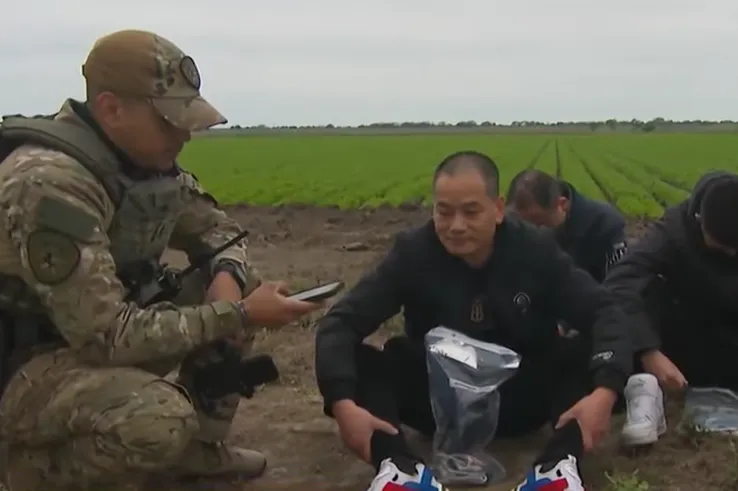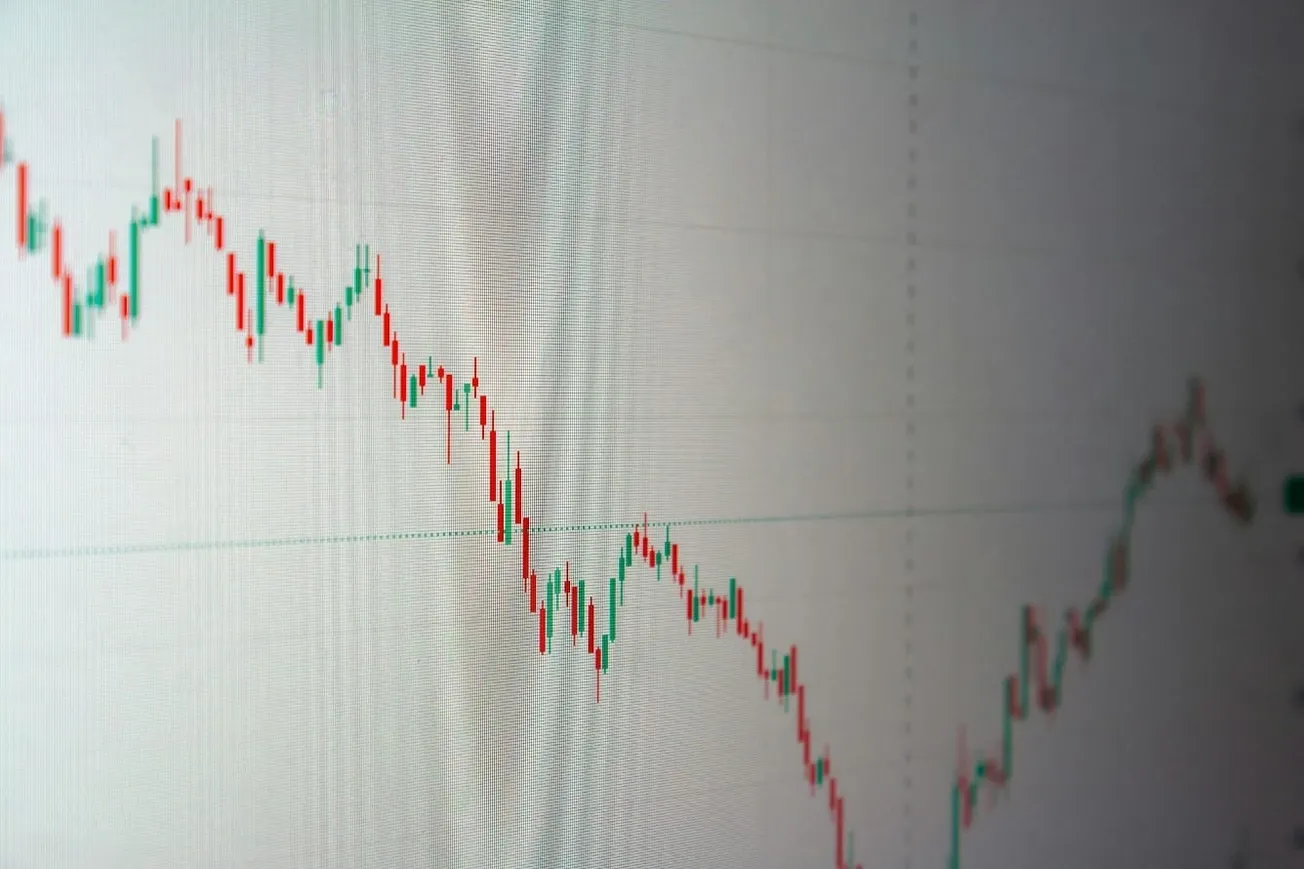Between October '22 and February '23, the Customs and Border Protection agents caught 4,271 Chinese nationals along the southwest border trying to cross into the United States. The numbers may seem small, considering a few hundred thousand people try to slip into America yearly. But, the import of this number becomes clear considering it shows an increase of 12 times for arrests made in the same period of the previous year.
There has been a marked increase in the number of Chinese migrating to other countries. Many reasons prompt them to leave their motherland. A primary reason is the state of the economy. After enjoying double-digit growth for decades, the economic slowdown has shrunk prospects for many. The dwindling job opportunities, the widening gap between the rich and the poor, and the bleak economic outlook are prompting people to look to other countries for better opportunities.
Many are leaving China for political reasons, specifically, fearing political repression or escaping political persecution. Under third-term President Xi Jinping, the one-party state does not tolerate dissent or criticism.
The economic hardships and political climate is fuelling Chinese migration. The United Nations reports that there has been a steady increase in the numbers leaving China since President Xi came to power. While the pandemic-induced lockdowns and Zero Covid policy have caused the economic downturn, President Xi's unprecedented third term suggests that the political climate is unlikely to change soon. While 12,000 Chinese sought asylum in the first year of his presidency in 2012, the figure rose to nearly 120,000 such cases in 2022.
Those trying to enter the U.S. by crossing the southern border have little chance of securing a U.S. visa should they go through the proper channels. These men and women often have little education or skills and belong to poor backgrounds and low-income groups. They risk their life, undertaking a dangerous journey, often on foot, through Central America to reach the southern border.
Many first make their way to Ecuador, which allows the Chinese to enter without a visa. From there, they trek through the harsh terrain and lush jungles, risking arrest, getting robbed, and drowning. These immigrants from Asia are joining the long columns of Venezuelans, Cubans, and others who are making the same journey through some eight Central American countries to reach the Texas border.
With few prospects and nothing to return home to, Chinese immigrants often make it to the U.S. through human smuggling. Organized crime groups known as "snakeheads" arrange transportation for a fee of up to many thousand dollars. The migrants are hidden in shipping containers or trucks as they travel to America. Once they enter the U.S., the Chinese often seek help from those who arrived before them and apply for asylum. According to the Migration Policy Institute, it is estimated that there were approximately 268,000 unauthorized Chinese immigrants in the U.S. as of 2020.
America has steadily become a preferred destination among the Chinese fleeing economic troubles and political persecution. In 1990, there were approximately 500,000 Chinese immigrants in the U.S. By 2019, that number had grown to over 2.9 million, according to the Migration Policy Institute. This increase is driven mainly by family reunification and employment-based immigration.
The U.S. has also been helping the Chinese trying to escape the terrible conditions in mainland China. In recent decades, Chinese asylum seekers have been among the groups with the highest acceptance rate at 67%.
In 2023, according to Panama migration data, 3,855 Chinese migrants crossed the Darién Gap, a treacherous terrain spanning about 60 miles, which connects South and Central America. Considering that only 376 Chinese made that journey between 2010 to 2021, the magnitude of the problem becomes apparent. The Chinese were the fourth-largest ethnic group making the trek through the Darién Gap this year.
Even as the administrations are at loggerheads, the people are desperately attempting to reach American shores in search of better prospects. Should migration from China via the southern border continue to rise unabated, it could become another point of contention between Washington and Beijing.
Like our insights? Show your support by becoming a paid subscriber!
Want to show your appreciation? Donate









